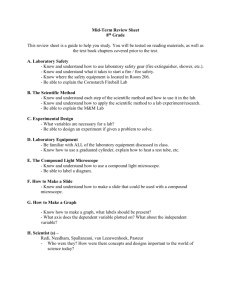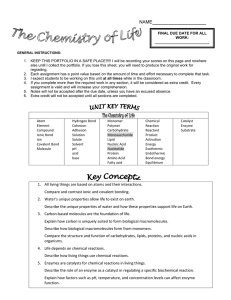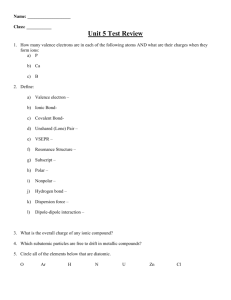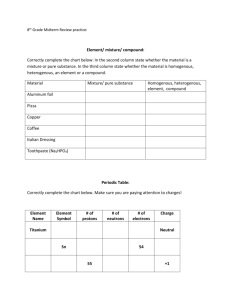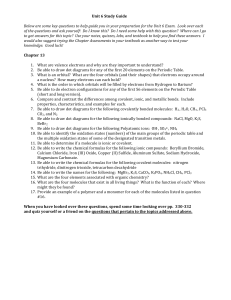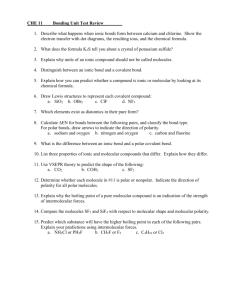Mid_TermReviewSheet - Robert M. Beren Academy
advertisement
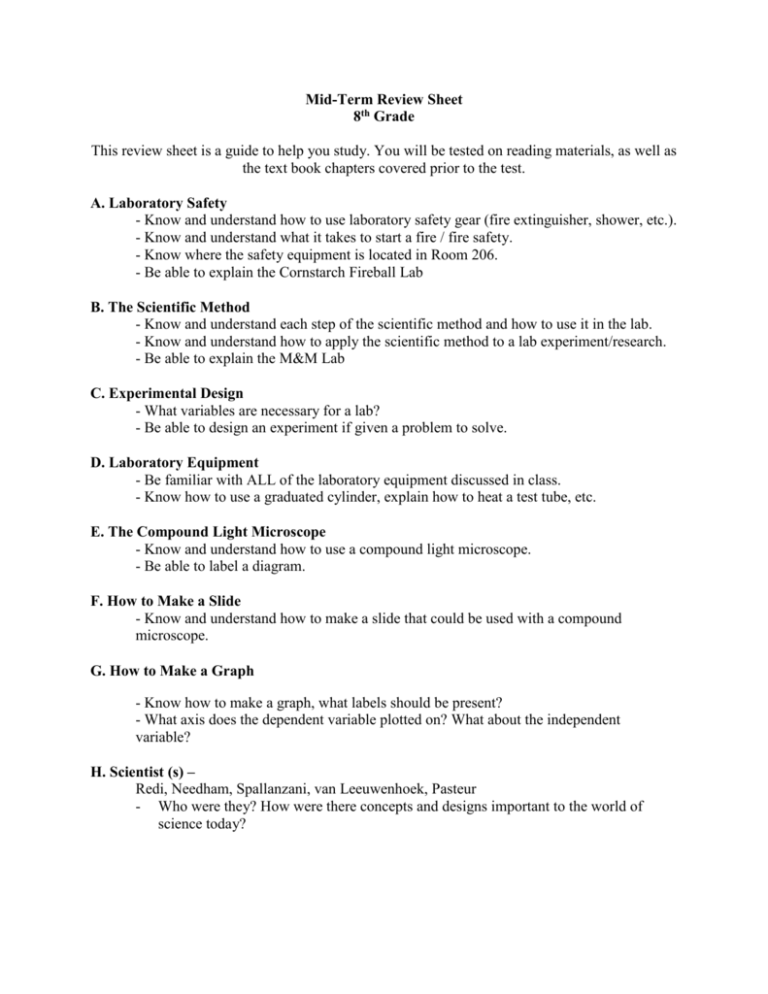
Mid-Term Review Sheet 8th Grade This review sheet is a guide to help you study. You will be tested on reading materials, as well as the text book chapters covered prior to the test. A. Laboratory Safety - Know and understand how to use laboratory safety gear (fire extinguisher, shower, etc.). - Know and understand what it takes to start a fire / fire safety. - Know where the safety equipment is located in Room 206. - Be able to explain the Cornstarch Fireball Lab B. The Scientific Method - Know and understand each step of the scientific method and how to use it in the lab. - Know and understand how to apply the scientific method to a lab experiment/research. - Be able to explain the M&M Lab C. Experimental Design - What variables are necessary for a lab? - Be able to design an experiment if given a problem to solve. D. Laboratory Equipment - Be familiar with ALL of the laboratory equipment discussed in class. - Know how to use a graduated cylinder, explain how to heat a test tube, etc. E. The Compound Light Microscope - Know and understand how to use a compound light microscope. - Be able to label a diagram. F. How to Make a Slide - Know and understand how to make a slide that could be used with a compound microscope. G. How to Make a Graph - Know how to make a graph, what labels should be present? - What axis does the dependent variable plotted on? What about the independent variable? H. Scientist (s) – Redi, Needham, Spallanzani, van Leeuwenhoek, Pasteur - Who were they? How were there concepts and designs important to the world of science today? I. Branches of Biology 1. What is ecology? 2. What is anatomy? 3. What is biochemistry? 4. What is physiology? 5. What is microbiology? 6. What is genetics? 7. What is ethology? 8. What is cell biology? 9. What is taxonomy? 10. What is immunology? J. Chemical Bonding 1. What is a bond? 2. What is an ionic bond? 3. What are the differences between anions and cations? 4. What two types of elements are bonded in an ionic bond? 5. Be able to draw the electron dot diagrams (Lewis Structures) for a given element. 6. Be able to draw the Bohr Diagrams (energy level- circle diagrams) for a given element. 7. Be able to identify how many electrons are in the valance shell, by using electron configuration. (1s2s2p3s3p…..) 8. Know how element names are altered once they become ions. 9. Be able to draw a dot diagram of an ionic bond. Be able to identify the cation and anion by showing a positive or negative charge. 10. What is a covalent bond? 11. What types of elements are bonded in covalent bonds? 12. Be able to draw dot diagrams for covalent bonds and show which electrons are shared. 13. What are van der Waals forces? 14. Be able to explain how/why a water molecule is polar. 15. What is a mixture? A solution? A suspension? 16. What are acids? Bases? What does it mean to have a neutral pH? 17. Be able to read and understand the pH scale, what household items are acidic? Basic? Neutral? K. Macromolecules 1. What are macromolecules? 2. What are proteins? Carbohydrates? Lipids? Nucleic Acids? 3. Know and understand common uses of the four macromolecules above. 4. Know the function and make-up of each type of macromolecule. L. Cells 1. What are eukaryotes? What are prokaryotes? Know and understand the similarities and differences of each. 2. Know and understand the function and location of all organelles within the cell: cell membrane, cell wall, cytoplasm, vacuole, ribosome, golgi apparatus, rough and smooth endoplasmic reticulum, mitochondria, nucleus, lysosomes, chloroplast, cytoskeleton, nucleolus, and centriole.
